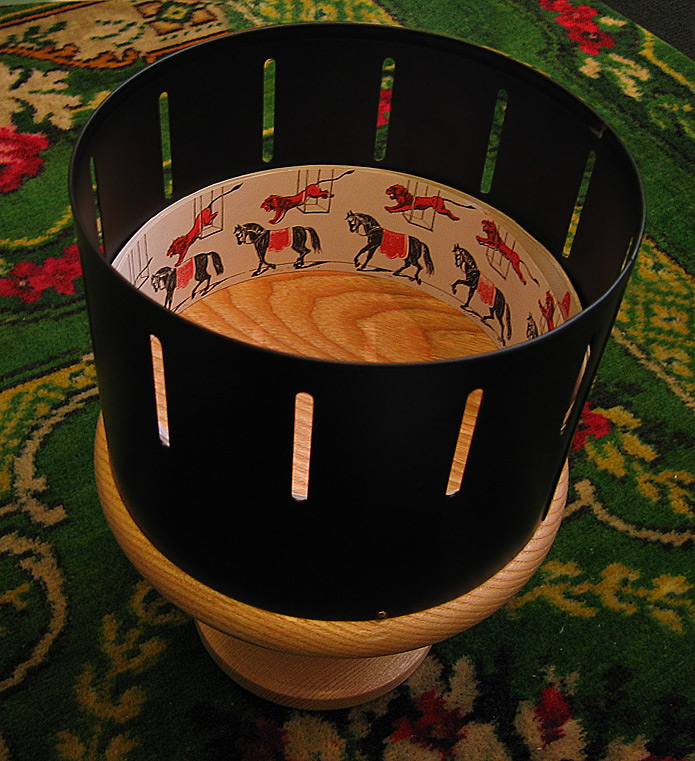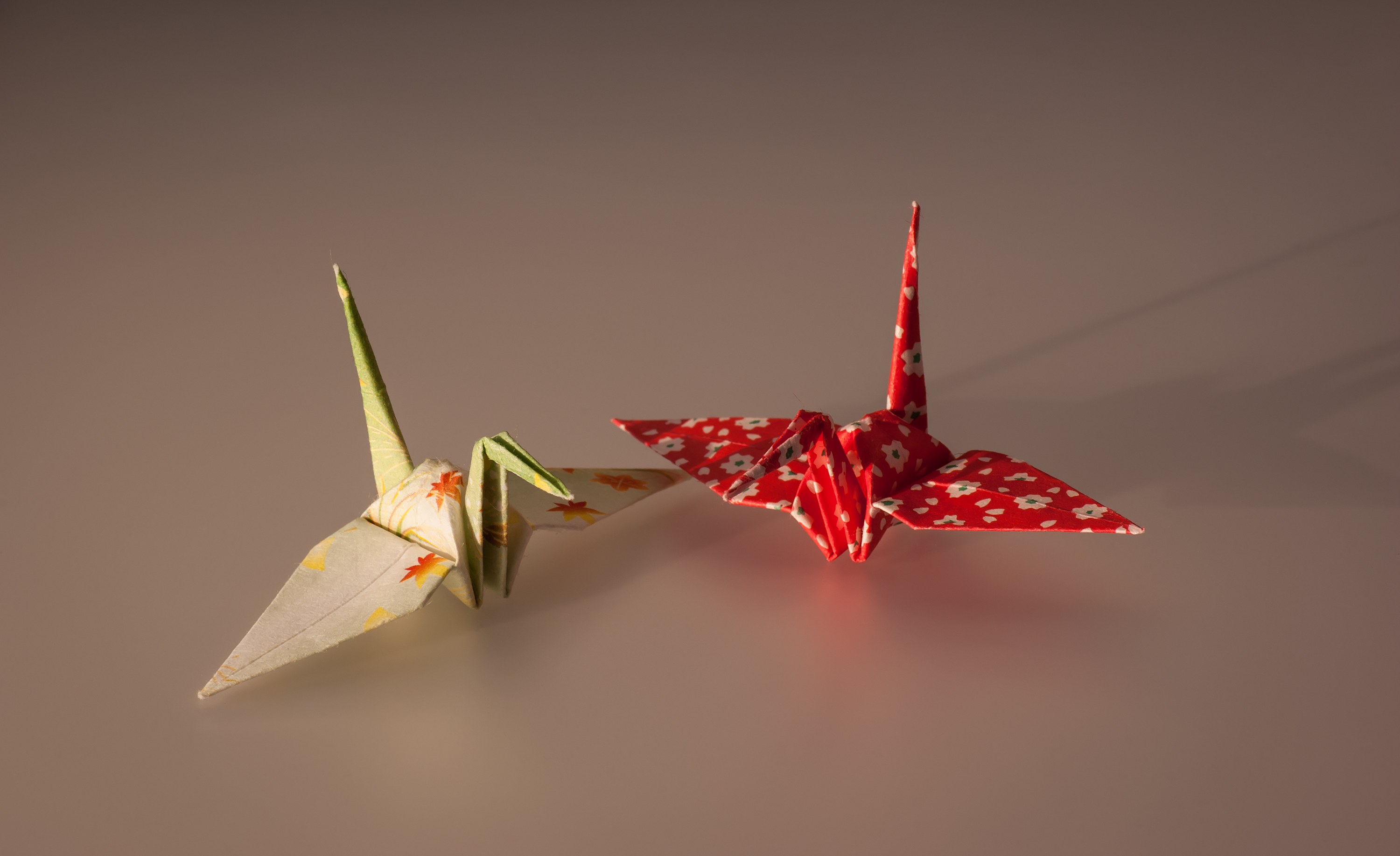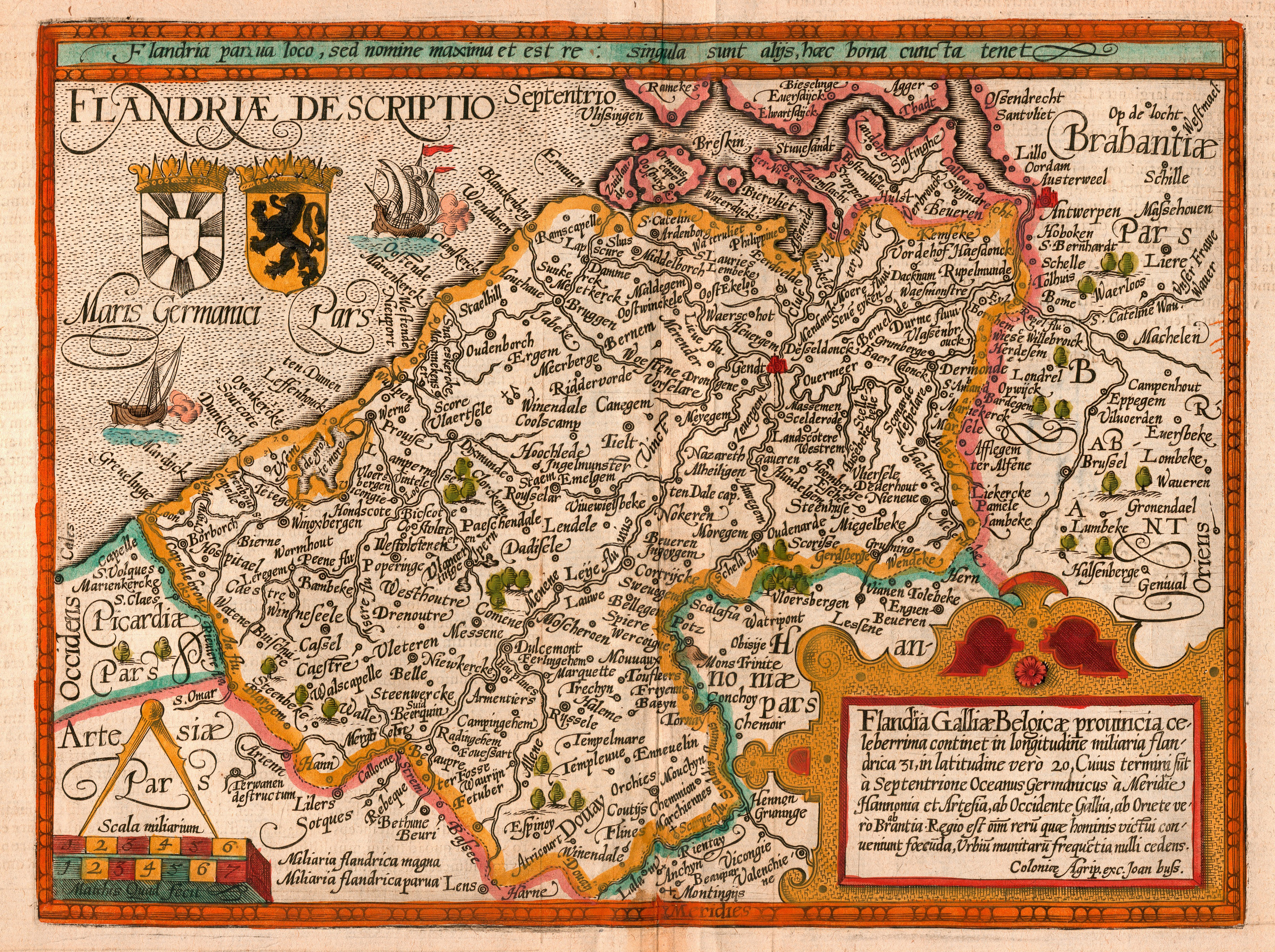|
Dave Made A Maze
''Dave Made a Maze'' is a 2017 American fantasy adventure comedy horror film directed by Bill Watterson, and starring Nick Thune, Meera Rohit Kumbhani, Kirsten Vangsness, Stephanie Allynne, James Urbaniak and John Hennigan. The film centers on the titular Dave who builds a cardboard fort that somehow supernaturally houses an entire labyrinth full of deadly traps and creatures. It premiered at the Slamdance Film Festival on January 21, 2017, where it won an Audience Award for Best Narrative. It was released on August 18, 2017, by Gravitas Ventures. Plot While his girlfriend Annie is away for the weekend, 30-year-old Dave works fervently on his next big art project. Dave has a habit of not being able to finish anything, is apparently jobless and gets his income from his parents, whom he believes are tired of him. He finally has a breakthrough and begins to build something from the center and work his way out. When Annie comes home, she is surprised to find Dave's project: a small car ... [...More Info...] [...Related Items...] OR: [Wikipedia] [Google] [Baidu] |
John Charles Meyer
John Charles Meyer is an American actor and film producer. Career He had a recurring role as Jesus in the second season of ''Mom'', and has made guest appearances in ''Hawaii Five-0'', ''NCIS'', ''Anger Management'', ''Mike & Molly'', and others. He played young Giuseppe Salvatore in the seventh season of ''The Vampire Diaries''. His film roles include The Taqwacores and ''The Millennium Bug''. John produced the comedy feature ''Dave Made a Maze ''Dave Made a Maze'' is a 2017 American fantasy adventure comedy horror film directed by Bill Watterson, and starring Nick Thune, Meera Rohit Kumbhani, Kirsten Vangsness, Stephanie Allynne, James Urbaniak and John Hennigan. The film centers on the ...'', which was released in theaters across the U.S. and Canada on August 18, 2017. Filmography Film Television References External links * American male actors Living people Year of birth missing (living people) {{US-tv-actor-stub ... [...More Info...] [...Related Items...] OR: [Wikipedia] [Google] [Baidu] |
Variety (magazine)
''Variety'' is an American trade magazine owned by Penske Media Corporation. It was founded by Sime Silverman in New York City in 1905 as a weekly newspaper reporting on theater and vaudeville. In 1933, ''Daily Variety'' was launched, based in Los Angeles, to cover the film industry, motion-picture industry. ''Variety'' website features entertainment news, reviews, box office results, plus a credits database, production charts and film calendar. History Founding ''Variety'' has been published since December 16, 1905, when it was launched by Sime Silverman as a weekly periodical covering theater and vaudeville, with its headquarters in New York City. Silverman had been fired by ''The Morning Telegraph'' in 1905 for panning an act which had taken out an advert for $50. He subsequently decided to start his own publication that, he said, would "not be influenced by advertising." With a loan of $1,500 from his father-in-law, he launched ''Variety'' as publisher and editor. In additi ... [...More Info...] [...Related Items...] OR: [Wikipedia] [Google] [Baidu] |
Frank Caeti
Frank Caeti (born August 11, 1973) is an American actor and comedian, known for his time as a cast member on the FOX sketch-series '' MADtv'' from 2005 to 2007. Caeti is also an alumnus of The Second City and Comedysportz in Chicago. Early life Caeti was born in Chicago, Illinois on August 11, 1973. He graduated from Standley Lake High School in Westminster, Colorado, and from Colorado State University in Fort Collins, Colorado. He trained at The Second City Training Center in Chicago and eventually became a cast member on a stage there. Career Caeti joined the cast of '' MADtv'' during the eleventh season as a featured cast member along with Nicole Randall Johnson, and was moved up to repertory cast member in season twelve. His contract was not renewed before the start of the show's 13th season. Caeti has appeared in the films ''Bad Meat'', ''UP, Michigan'', '' The Lake House'' and '' Stranger than Fiction''; has done multiple television commercials, and has worked as a spo ... [...More Info...] [...Related Items...] OR: [Wikipedia] [Google] [Baidu] |
ILY Sign
The ILY is a common sign in ASL deaf culture meaning, "I Love You" (informal). The ILY is a sign from American Sign Language which, as a gesture, has moved into the mainstream. Seen primarily in the United States and other Americanized countries, the sign originated among deaf schoolchildren using American Sign Language to create a sign from a combination of the signs for the letters I, L, and Y (I Love You). I+L+Y=ILYsign.png, production ILY Sutton.svg, SignWriting transcription [email protected], ASLwrite transcription The sign is an informal expression of any of several positive feelings, ranging from general esteem to love, for the recipient of the sign. A similar-looking but unrelated variation in which the thumb is toward the palm appears in heavy metal music culture as a "horns" hand-sign (though the thumbs extended version is sometimes used) and in college football as a sign of support for various teams including the University of Texas. T ... [...More Info...] [...Related Items...] OR: [Wikipedia] [Google] [Baidu] |
Wakizashi
The is one of the traditionally made Japanese swords ('' nihontō'') worn by the samurai in feudal Japan. Its name refers to the practice of wearing it inserted through one's ''obi'' or sash at one's side, whereas the larger '' tachi'' sword was worn slung from a cord. History and use The production of swords in Japan is divided into specific time periods:Transition of kotō, shintō, shinshintō, and gendaitō. Nagoya Japanese Sword Museum Touken World * ''Jokotō'' (ancient swords, until around AD 900) * ''Kotō'' (old swords from around 900–1596) * ''Shintō'' (new swords 1596–1780) * ''Shinshintō'' (newer swords 1781–1876) * ''Gendaitō'' (modern or contemporary swords 1876–present) The ''wakizashi'' has a blade between in length. [...More Info...] [...Related Items...] OR: [Wikipedia] [Google] [Baidu] |
Zoetrope
A zoetrope is a Precursors of film#Modern era, pre-film animation device that produces the illusion of motion, by displaying a sequence of drawings or photographs showing progressive phases of that motion. A zoetrope is a cylindrical variant of the phenakistiscope, phénakisticope, an apparatus suggested after the stroboscopic effect, stroboscopic discs were introduced in 1833. The definitive version of the zoetrope, with replaceable film picture film strips, was introduced as a toy by Milton Bradley Company, Milton Bradley in 1866 and became very successful. Etymology The name ''zoetrope'' was composed from the Greek root words ζωή ''zoe'', "life" and τρόπος ''tropos'', "turning" as a translation of "wheel of life". The term was coined by inventor William E. Lincoln, of Providence, Rhode Island. Technology The zoetrope consists of a cylinder with cuts vertically in the sides. On the inner surface of the cylinder is a band with images from a set of sequenced pictures. ... [...More Info...] [...Related Items...] OR: [Wikipedia] [Google] [Baidu] |
High Five
The high five is a hand gesture whereby two people simultaneously raise one hand and slap the flat of their palm against the other. The gesture is often preceded verbally by a phrase like "Give me five", "High five", or "Up top". Its meaning varies with the context of use but can include as a greeting, congratulations, or celebration. There are many origin stories of the high five, but the first and two most documented candidates are Dusty Baker and Glenn Burke of the Los Angeles Dodgers professional baseball team on October 2, 1977, and Wiley Brown and Derek Smith (basketball), Derek Smith of the Louisville Cardinals men's basketball, Louisville Cardinals men's college basketball team during the 1978–1979 season. Origin The use of the phrase as a noun has been part of the ''Oxford English Dictionary'' since 1980 and as a verb since 1981. The phrase is related to the slang "give me five" which is a request for some form of handshake – variations include "slap me five", "sli ... [...More Info...] [...Related Items...] OR: [Wikipedia] [Google] [Baidu] |
Vulva
In mammals, the vulva (: vulvas or vulvae) comprises mostly external, visible structures of the female sex organ, genitalia leading into the interior of the female reproductive tract. For humans, it includes the mons pubis, labia majora, labia minora, clitoris, vulval vestibule, vestibule, urinary meatus, vaginal introitus, hymen, and openings of the vestibular glands (Bartholin's gland, Bartholin's and Skene's gland, Skene's). The folds of the outer and inner labia provide a double layer of protection for the vagina (which leads to the uterus). Pelvic floor muscles support the structures of the vulva. Other muscles of the urogenital triangle also give support. Blood supply to the vulva comes from the three pudendal arteries. The internal pudendal veins give drainage. Lymphatic vessel#Afferent vessels, Afferent lymph vessels carry lymph away from the vulva to the inguinal lymph nodes. The nerves that supply the vulva are the pudendal nerve, perineal nerve, ilioinguinal nerve ... [...More Info...] [...Related Items...] OR: [Wikipedia] [Google] [Baidu] |
Utility Knife
A utility knife is any type of knife used for general manual work purposes.Peterson, Harold L., ''Daggers and Fighting Knives of the Western World'', London: Herbert Jenkins Ltd., , p. 1 Such knives were originally fixed-blade knives with durable cutting edges suitable for rough work such as cutting cordage, cutting/scraping hides, butchering animals, cleaning fish scales, reshaping timber, and other tasks. Craft knives are small utility knives used as precision-oriented tools for finer, more delicate tasks such as carving and papercutting. Today, the term "utility knife" also includes small folding-, retractable- and/or replaceable-blade knives suited for use in the general workplace or in the construction industry. The latter type is sometimes generically called a Stanley knife, after a prominent brand designed by the American tool manufacturing company Stanley Black & Decker. There is also a utility knife for kitchen use, which is sized between a chef's knife and p ... [...More Info...] [...Related Items...] OR: [Wikipedia] [Google] [Baidu] |
Minotaur
In Greek mythology, the Minotaur (, ''Mīnṓtauros''), also known as Asterion, is a mythical creature portrayed during classical antiquity with the head and tail of a bull and the body of a man or, as described by Roman poet Ovid, a being "part man and part bull". He dwelt at the center of the Labyrinth, which was an elaborate maze-like construction designed by the architect Daedalus and his son Icarus, upon command of King Minos of Crete. According to tradition, every nine years the people of Athens were compelled by King Minos to choose Sacrificial victims of the Minotaur, fourteen young noble citizens (seven men and seven women) to be offered as sacrificial victims to the Minotaur in retribution for the death of Minos's son Androgeus (son of Minos), Androgeos. The Minotaur was eventually slain by the Athenian hero Theseus, who managed to navigate the labyrinth with the help of a thread offered to him by the King's daughter, Ariadne. Etymology The word "Minotaur" derives from ... [...More Info...] [...Related Items...] OR: [Wikipedia] [Google] [Baidu] |
Origami
) is the Japanese art of paper folding. In modern usage, the word "origami" is often used as an inclusive term for all folding practices, regardless of their culture of origin. The goal is to transform a flat square sheet of paper into a finished sculpture through folding and sculpting techniques. Modern origami practitioners generally discourage the use of cuts, glue, or markings on the paper. Origami folders often use the Japanese word ' to refer to designs which use cuts. In the detailed Japanese classification, origami is divided into stylized ceremonial origami (儀礼折り紙, ''girei origami'') and recreational origami (遊戯折り紙, ''yūgi origami''), and only recreational origami is generally recognized as origami. In Japan, ceremonial origami is generally called "origata" ( :ja:折形) to distinguish it from recreational origami. The term "origata" is one of the old terms for origami. The small number of basic origami folds can be combined in a variety of ... [...More Info...] [...Related Items...] OR: [Wikipedia] [Google] [Baidu] |
Flemish People
Flemish people or Flemings ( ) are a Germanic peoples, Germanic ethnic group native to Flanders, Belgium, who speak Flemish Dutch. Flemish people make up the majority of Belgians, at about 60%. ''Flemish'' was historically a geographical term, as all inhabitants of the medieval County of Flanders in modern-day Belgium, France and the Netherlands were referred to as "Flemings" irrespective of their ethnicity or language. The contemporary region of Flanders comprises a part of this historical county, as well as parts of the medieval Duchy of Brabant and the medieval County of Loon, where the modern national identity and Flemish culture, culture gradually formed. History The sense of "Flemish" identity increased significantly after the Belgian Revolution. Prior to this, the term "" in the Dutch language was in first place used for the inhabitants of the former County of Flanders. Flemish, however, had been used since the 14th century to refer to the language and dialects of both ... [...More Info...] [...Related Items...] OR: [Wikipedia] [Google] [Baidu] |








